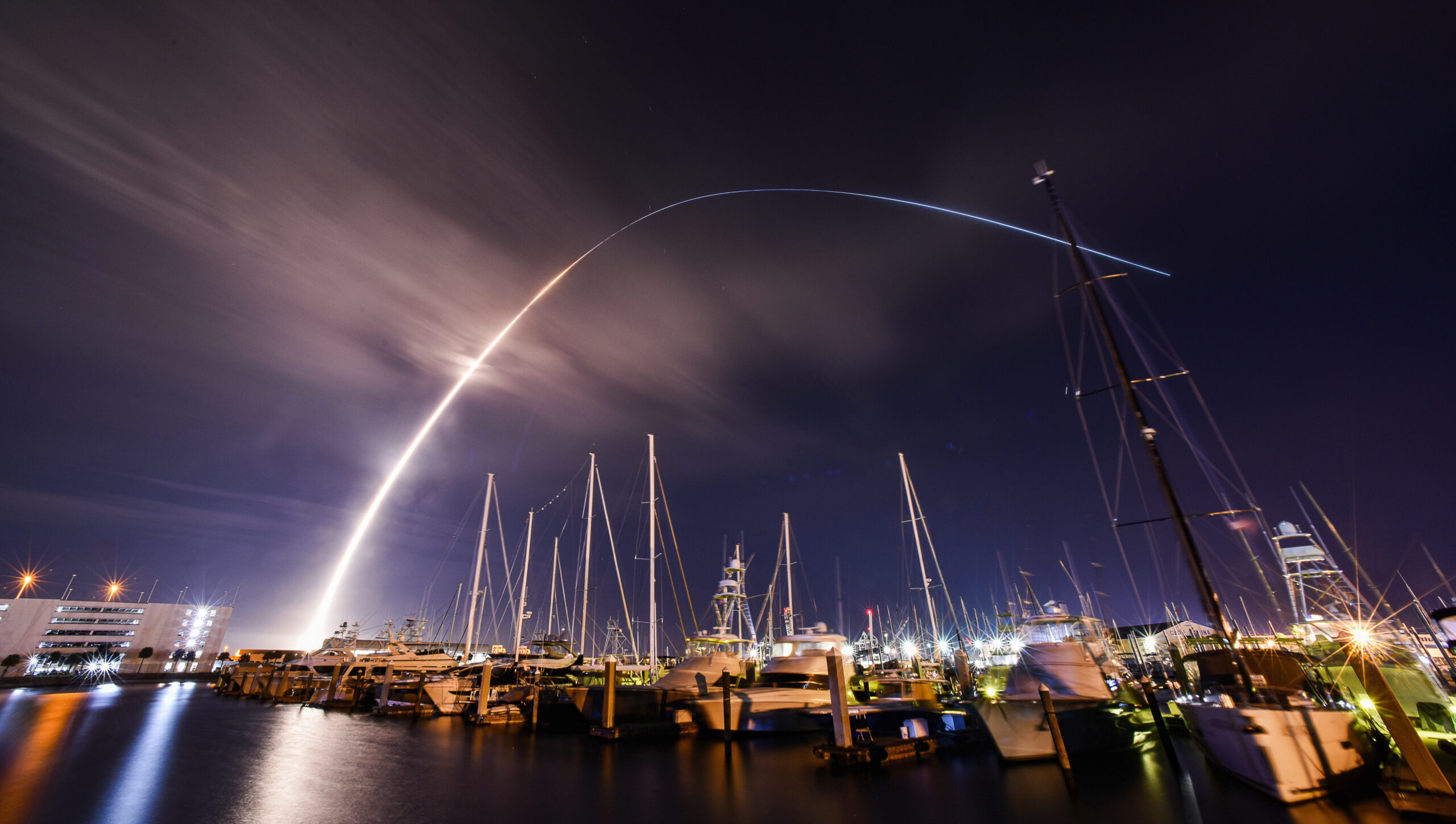The United Launch Alliance’s (ULA) new Vulcan rocket is on track to conduct its inaugural military mission on August 12, 2023, pending range approval. This significant event will take place at Cape Canaveral Space Force Station in Florida, where the rocket will carry satellites for the U.S. Space Force intended for geosynchronous orbit, approximately 22,000 miles above Earth.
This mission marks a pivotal moment for ULA, a long-time provider of launch services for the U.S. Department of Defense, which has been developing the Vulcan rocket since 2014. The Vulcan is set to replace ULA’s legacy Atlas V rocket, which has been a staple in military and commercial launches. The Vulcan successfully completed two demonstration missions last year and achieved military certification from the Space Force in March 2023.
Competitive Landscape and Funding
With the Vulcan’s certification, ULA and SpaceX are currently the only companies authorized to conduct National Security Space Launch (NSSL) missions. ULA was the sole provider of military launch services until 2020, when SpaceX secured 40% of the contracts for missions scheduled between fiscal years 2022 and 2027. ULA maintains a 60% share of these missions.
In April 2023, the Space Force awarded contracts totaling $13.5 billion to ULA, SpaceX, and newcomer Blue Origin for missions planned between 2027 and 2032. Under this agreement, SpaceX will receive $5.9 billion for 28 missions, ULA will receive $5.3 billion for 19 missions, and Blue Origin will get $2.3 billion for seven missions.
The upcoming mission, designated USSF-106, was initially scheduled for launch in 2022. After being rescheduled for 2023, the satellites have faced delays, remaining grounded for two years as the Vulcan rocket underwent development.
Technological Advancements and Future Implications
One key component of the USSF-106 mission is the Navigation Technology Satellite-3 (NTS-3), an experimental spacecraft developed by L3Harris. NTS-3 aims to demonstrate new capabilities to enhance the Space Force’s GPS constellation or support future programs. This effort is spearheaded by the Air Force Research Laboratory in collaboration with Space Systems Command.
NTS-3 will test advanced technologies, including steerable beams for regional coverage, a reprogrammable payload that can receive upgrades in orbit, and features designed to protect against signal jamming. Once in orbit, the Air Force Research Laboratory plans to evaluate these capabilities over a one-year period, exploring how they might strengthen the Space Force’s positioning, navigation, and timing (PNT) capabilities.
The success of NTS-3 could lead to enhanced features for the Space Force’s GPS IIIF satellites, which are constructed by Lockheed Martin and are approaching initial production. Additionally, the insights gained may be applied to other PNT initiatives, including the Resilient GPS project, which aims to augment the existing constellation with a fleet of small, cost-effective satellites.
NTS-3 represents the first major PNT demonstration from the Air Force Research Laboratory in almost five decades, with the last NTS satellite launched in 1977. The advancements from this mission could prove to be integral to the future of military navigation and positioning systems.
As the countdown to the Vulcan’s first military launch begins, the implications of this mission reach far beyond the immediate technological achievements, potentially reshaping the landscape of military space operations for years to come.





































































